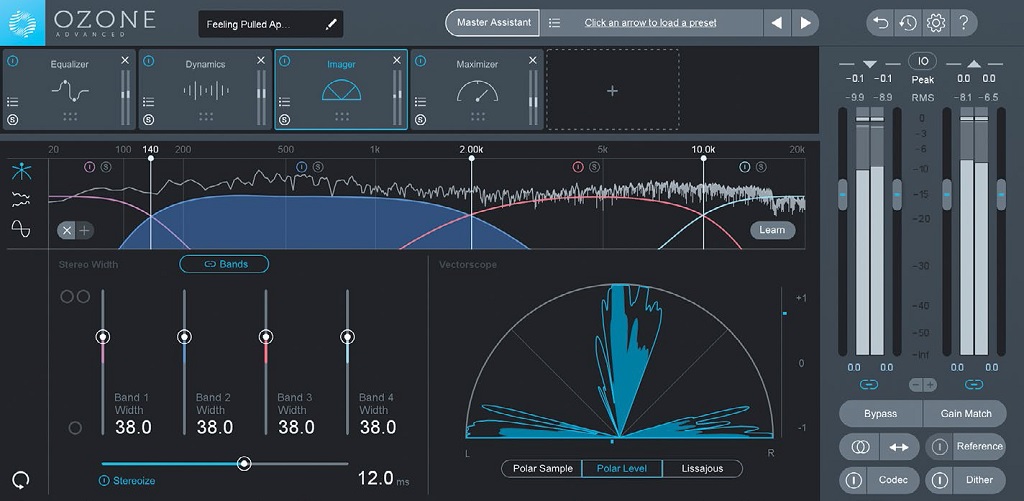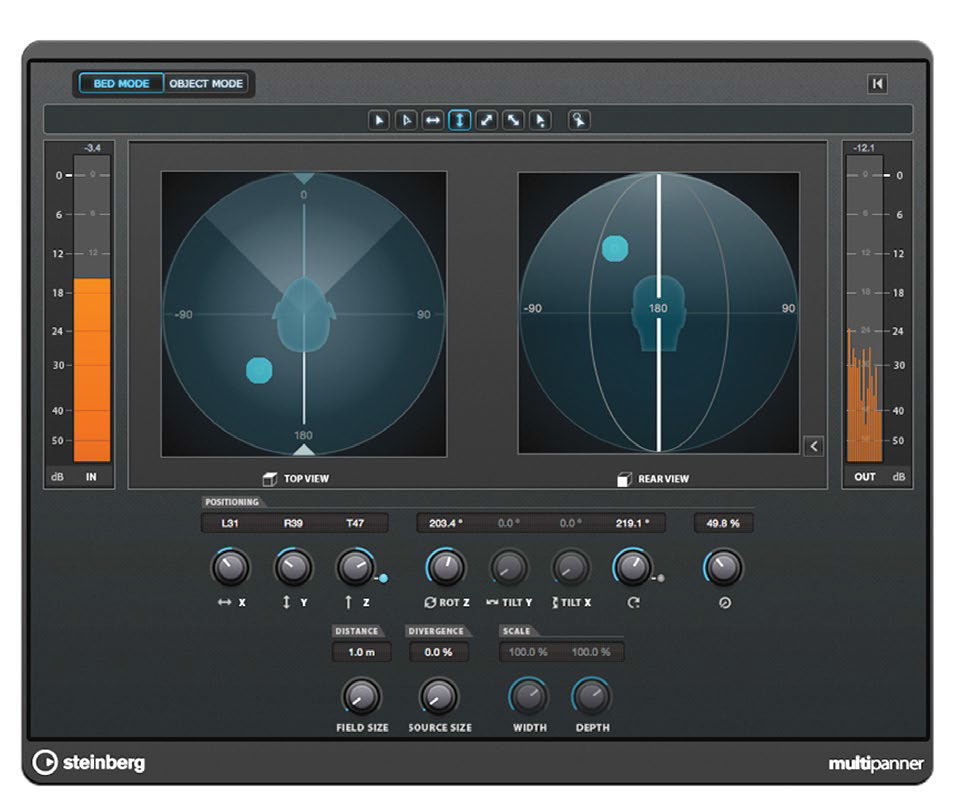Our Digitized Audio Future
Audio technology has changed faces many times during the decades I’ve been in the industry. However, the biggest change by far was the transition from analog to digital, and once audio was turned into bits and bytes it enabled us to do things that seemed inconceivable in the past. Not only do we no longer record linearly, most of us no longer do anything in a linear fashion, with random access now being the way we record, work, and live our lives.
We’re currently undergoing another monumental transition in the audio industry, when audio technology can enhance user experience and drive quality forward or increase individual isolation, with instantaneous delivery often done at the expense of quality. The following technologies are all linchpins in our audio future and how we use or abuse them will determine the course of professional broadcast audio production.
MACHINE LEARNING

Most discussions of artificial intelligence seem to focus on robots taking jobs from humans while also performing all of our mundane household chores, leaving us simultaneously unemployed and free to get in some really serious binge watching. AI already has the ability to analyze and learn from itself, a process called “machine learning,” and this has helped create some powerful tools for audio production.
It is a brilliant use of computing power to have processes analyze themselves and their outputs or, in our case, analyze what we’re doing and offer suggestions to improve how and what we do. Anyone who mixes using presets is already relying on someone else’s idea of a good starting place, but machine learning takes this concept to the next level by analyzing in real time rather than just giving us a static starting point.
I was among the skeptics when it came to what are often touted as “automatic mix” tools until I discovered they are very useful for analysis, similar to using console meters in spectrum mode during mixes to monitor the overall tonal balance. These tools can act as a second set of ears listening for you, and that is almost always a positive thing. These machine learning audio tools are perfect for handling mundane tasks such as compliance and correction, which means they may one day free us from managing loudness and monitoring immersive audio down mixes.
IMMERSIVE AUDIO TOOLS
Immersive audio is the most exciting development for mix engineers since 5.1 surround, and it is the technology that makes me want to get back into daily audio production work. It seems like every month there is a new surround microphone coming to market to help create immersive content.

The possibilities for creativity and error with immersive audio are immense. Fortunately, there are now more tools than ever to help keep things from getting out of hand. Multichannel meters and panners that work across immersive busses are being released in software as well as in hardware form. These tools are accessible to just about everyone now, to the point that even the two primary workstations in my home studio, Pro Tools and Nuendo, include immersive panning, bussing, monitoring and authoring tool connectivity.
VIRTUAL AND AUGMENTED REALITY
Before 4K and HDR, 3D was the next big thing. Now the next big thing is supposed to be virtual reality. Slip on a VR visor and closed ear headphones and you become part of another world, that is, if the visuals are engaging enough to draw you in and the soundscape is enveloping and convincing.
This technology may be impressive, but a more intriguing alternative is augmented reality, where an enhanced version of the real world is presented through the screens of our devices. AR may actually present more challenges for sound designers than VR because many sounds need to be organic while others, such as audible cues, often work better when they sound totally artificial.
Since AR is viewed through portable device screens instead of visors, soundscapes are presented in virtualized surround on earbuds of dubious quality or through tiny device speakers. The challenge for audio professionals is to somehow make the augmented audio experience truly immersive and keep the viewer engaged when they can easily peer beyond their screen back to the real world.
THE COST OF CONVENIENCE
The era of personalized audio began with the introduction of the Sony Walkman in 1979 and it may finally have reached critical mass. We now find ourselves at the point where there is more individualized media consumption taking place than at any other time in history, yet very little of that media is the highest quality available.
Delivering digitized content using limited bandwidth requires widespread bit reduction to the point that it can be almost impossible to find digitally uncompressed content at the consumer end of the chain.
We’re balancing on the precipice of a very perilous chasm between convenience and quality. It may soon be the case that the only way to experience true uncompressed audio is to attend an unreinforced acoustic performance; or perhaps we’ll just have to start listening to the people around us.
Now more than ever, the goal of every audio engineer should be to create the best sounding, highest-quality audio imaginable every time we have the opportunity. We must strive to make people crave quality audio every time they listen or they will stop caring. We must use the incredible tools we now have at our disposal to create truly exciting, immersive and engaging audio for every single project, no matter where or on what device it will be heard.
In closing, this is my final Inside Audio column and I wish to thank everyone who has taken the time to read the column since I started filling it with words back in 2013. A very special thank you to Tom Butts for granting me this opportunity and to Terry Scutt for transforming my cogitations into sentences fit for print. Each column was an incredible learning experience and I can’t wait to read what Dennis Baxter will be sharing in this space in the future. His insights come from the leading-edge work he is doing in the very areas our industry is moving toward.
Jay Yeary is an audio engineer who has had the good fortune to spend his entire career in broadcasting. He is a member of AES, SBE, SMPTE, and TAB. He can be contacted throughTV Technologymagazine or attransientaudiolabs.com.
Get the TV Tech Newsletter
The professional video industry's #1 source for news, trends and product and tech information. Sign up below.
